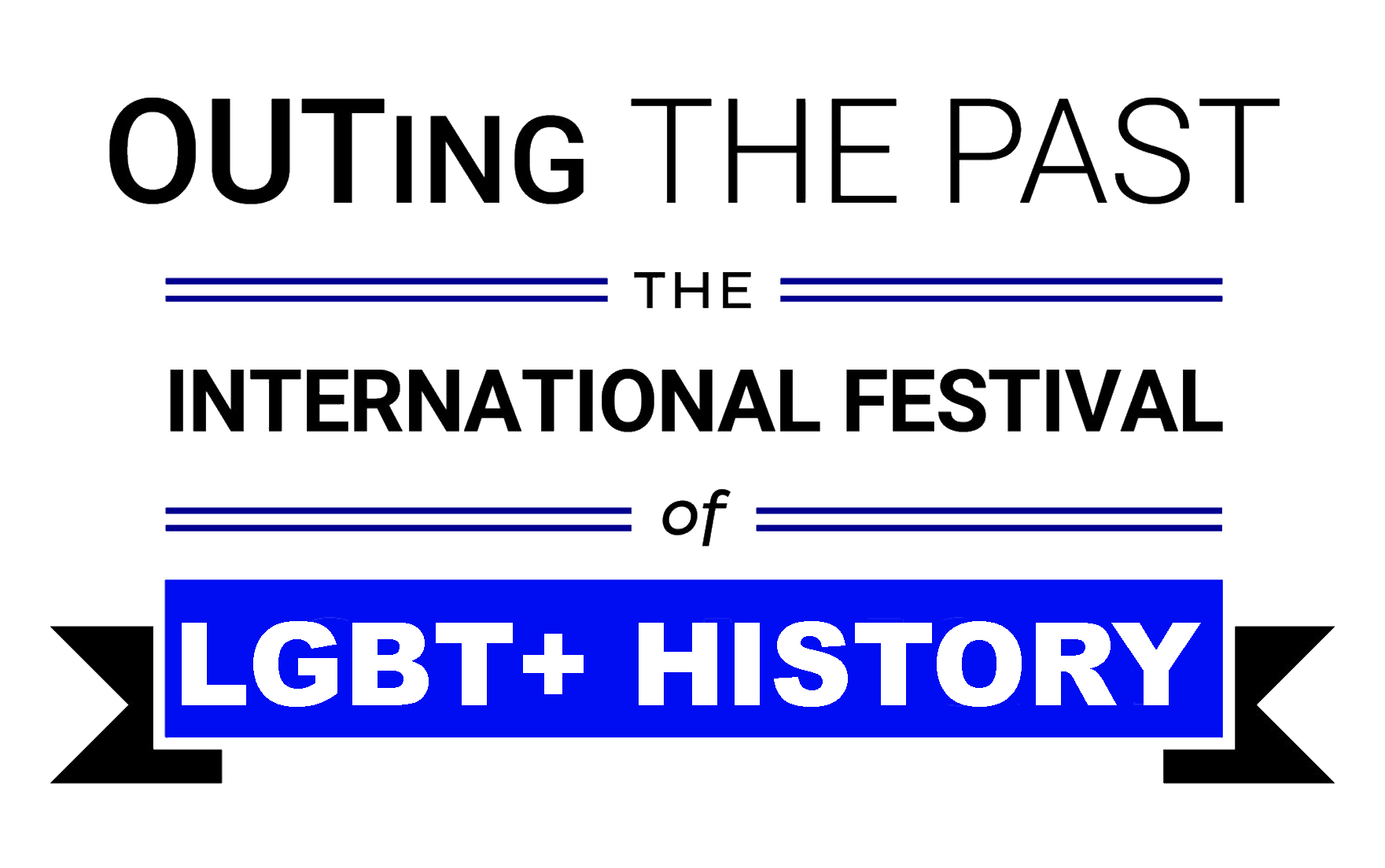Directing Festival Theatre: Helen Parry
Helen Parry has directed four pieces of Festival Theatre and explores the joys and challenges of the work in the context of her wider career.
MARTIN GREEN AND DAN WALLACE (LEFT TO RIGHT) FROM “A VERY VICTORIAN SCANDAL”
I’ve been involved for the last three years with LGBT HM, directing four very different pieces of work. I have had previous experience of site specific work (Styal Mill in Cheshire, Farfield Mill in Sedbergh, and at the Manchester Museum of Science and Industry) and thought I was prepared for the challenges!
MATT WAINWRIGHT AS A CAN-CAN BOY FROM “A VERY VICTORIAN SCANDAL”
The first project in 2015 was “A Very Victorian Scandal”, designed as three pieces which would take place in three venues over three days. They comprised of dramatized scenes (of which I directed two) and a “ball” which was staged at Via on Canal Street and directed by Dan Jarvis. The logistics of moving actors, costumes, props etc. from space to space took some planning and there was the ever present worry that things would get lost in the process.
The major headache was not being able to have much rehearsal in the actual venues but trying to visualise how the pieces would look in situ. This project also had a musical director and a choreographer which meant splitting rehearsal time between us and scheduling carefully so that all elements of the work were sufficiently developed. Another issue was how to “control” our audience and how to pull their focus to where we wanted them to look at various moments in the drama and to move them about if necessary.
2016’s production of “Mr Stokes: The Man-Woman of Manchester” was a much simpler affair involving, as it did, only two actors. This was very sensitive material and we were lucky to secure a male trans performer, Joey Hateley who brought tremendous insight and skill into the work and who was very open and eloquent in rehearsals, thus enabling his fellow actor to develop her varied roles in relationship to his one of Mr Stokes.
2017 saw us embarking on a much more contemporary tale within The Burnley Project. Here I only had responsibility for one element of the whole piece, “Burnley’s Lesbian Liberator”, working with three women who were also taking part in the larger companion drama, “The Burnley Buggers’ Ball”. The main venue, Burnley Library, meant bringing our audience up a staircase and then asking them to face one way for the first play and to turn around for the second. We also marched them out of the building at the end as if they were part of the original demonstration the play was based on!
The writers involved ; Stephen M Hornbyand Ric Brady in 2015 and Abi Hynes and Stephen M Hornby in 2016 and 2017 respectively, were in regular communication with me in the early stages of writing the pieces, attended some rehearsals and were as open to feedback from the company as we were to theirs. There was the ever present concern that these were not fictional characters but were based on real people and events and it was our duty to present them and the issues involved as honestly and accurately as we could within the framework of a theatrical performance. We shared research sources and visited the various venues to take photographs and debate the staging logistics. The stage managers input were essential here as theirs was the overall control during the actual performances.
HELEN PARRY AND STEPHEN M HORNBY (LEFT TO RIGHT) AT THE BURNLEY CENTRAL LIBRARY
For me the most compelling part of the projects has been taking the dramas out of theatre buildings into new spaces and having the audiences in and amongst the players. In each instance the atmosphere has been tremendous and the audience feedback after each show has been so rewarding. The different settings have complimented and enhanced the material on show and added another dimension to the presentations. The absence of stage lighting, sophisticated set design and soundscapes has meant the writing and acting are very exposed and this felt both risky and exciting. Our responsibility for the storytelling becomes greater under these circumstances.
I have felt very privileged to be part of the creation of these “hidden histories” and have learnt so much from the experience. It has opened me up to the possibilities of the thousands of such stories that must be out there, waiting to be discovered.
THE PACKED AUDIENCE FOR “MISTER STOKES” AT THE PEOPLE’S HISTORY MUSEUM
Photo credits: Nicolas Chinardet




